How to Upholstery a Sofa
If you’ve ever wondered how to upholstery a sofa, you’re not alone. Upholstering a sofa is one of the most transformative home improvement projects you can take on. It allows you to restore an outdated or worn-out piece of furniture with fresh fabric, renewed comfort, and a look that complements your space. For homeowners across Northeast Ohio, learning how to upholstery a sofa is also a practical way to extend the life of quality furniture while saving money and reducing waste.
Whether you’re working on a family heirloom or just updating your décor, this comprehensive guide will walk you through everything you need to know to upholstery a sofa from start to finish.
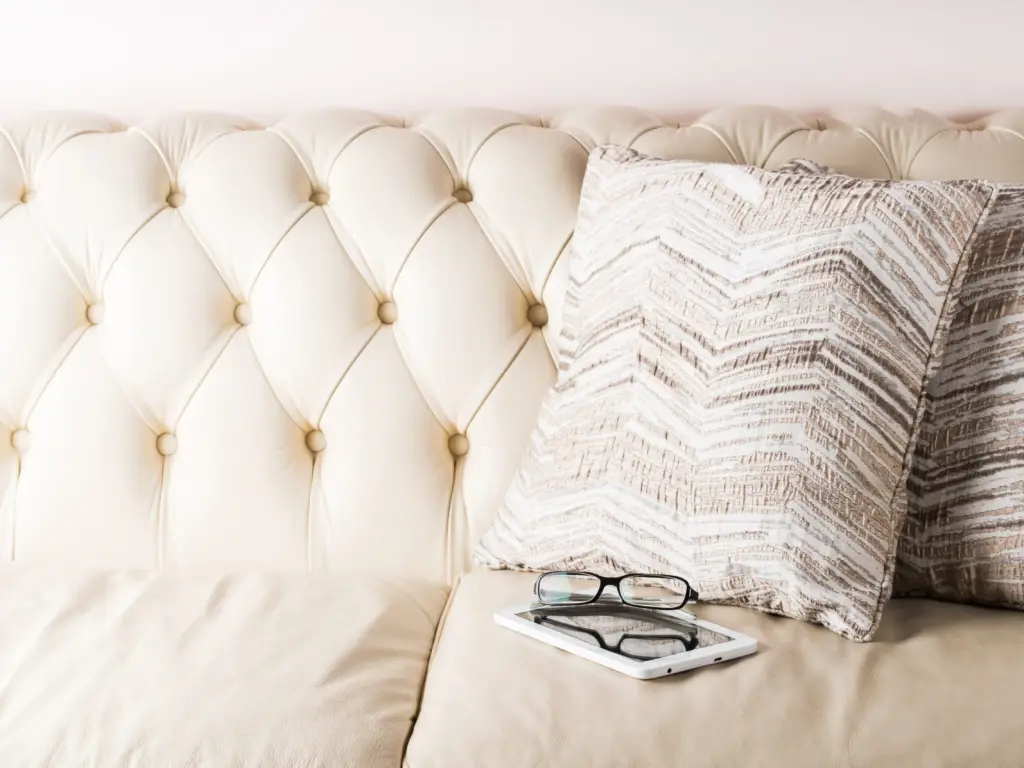
Why Learn How to Upholstery a Sofa
Understanding how to upholstery a sofa starts with knowing the benefits. Replacing a well-built sofa can be expensive, especially when the frame is still in great shape. If the bones are good, upholstering allows you to customize the design without sacrificing comfort or quality. You get to select the exact fabric, pattern, and texture you want while preserving the structure you already trust.
It’s also an environmentally conscious choice. Instead of sending large furniture pieces to the landfill, you’re giving them a second life. This matters to residents throughout environmentally aware communities like those in Lake, Summit, and Portage Counties. The process of upholstering a sofa also gives you greater control over the materials used, allowing for non-toxic and hypoallergenic choices that suit your family’s health needs.
Preparing the Sofa for Reupholstery
The first step in how to upholstery a sofa is preparation. Begin by inspecting the frame to ensure it’s structurally sound. Look for cracks, wobbly legs, or broken support systems. Make any necessary repairs before proceeding. If parts of the wood frame are squeaky or loose, reinforcing them with screws or wood glue now will save problems later.
Next, take detailed measurements of all upholstered areas—seat, arms, backrest, and cushions. These dimensions will help you calculate how much fabric to purchase. Don’t forget to photograph each stage of the disassembly so you have a clear reference when putting it all back together.
Select a durable, upholstery-grade fabric. Homes with pets, kids, or frequent visitors should look for high-rub-count fabrics that resist stains and wear. Fabrics such as microfiber, canvas, and polyester blends are often a good match for these conditions.
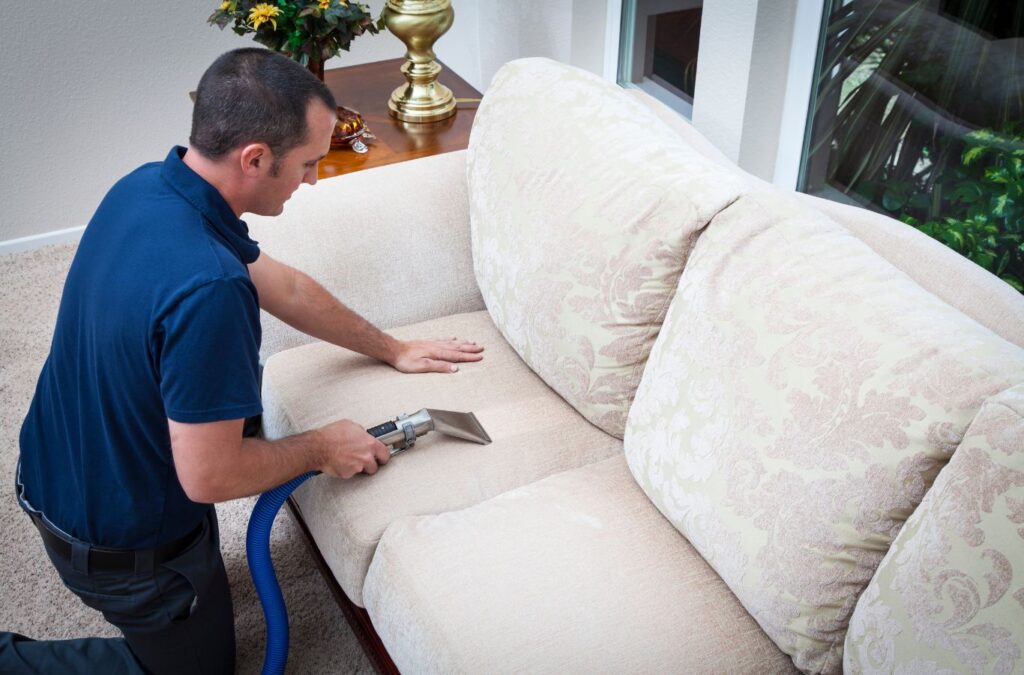
Removing Old Upholstery Materials
To truly understand how to upholstery a sofa, it’s essential to get hands-on. Use pliers or a staple remover to detach the old fabric, working slowly to avoid damaging the frame or padding. Remove every layer of material—fabric, batting, and any old foam—that’s no longer in usable condition.
You may uncover metal springs, webbing, and older support systems. Take time to examine these elements, replacing them if needed. For safety and material handling guidelines, consider reviewing information from the Consumer Product Safety Commission.
Label and save all pieces of fabric as templates for cutting the new fabric. This saves time and ensures each section will be shaped accurately to fit your sofa’s form.
How to Upholstery a Sofa Frame
With the old materials removed, focus on the frame. Sand any rough edges that could snag fabric, and apply a dust barrier if needed. Consider attaching a layer of batting or foam around sharp corners for added padding and comfort.
Cut your new fabric using the templates you saved. Begin stapling with the largest, flattest areas, like the seat and backrest. Pull the fabric tight, but not too tight to distort the shape or design. Use a pneumatic staple gun for precision and strength. Staple from the center outward, smoothing wrinkles as you go.
If you’re upholstering around curved arms or edges, take your time. Tuck and pleat fabric carefully, making sure it follows the contours of the sofa without bunching. Refer to professional resources such as the National Upholstery Association if you encounter complex sections.
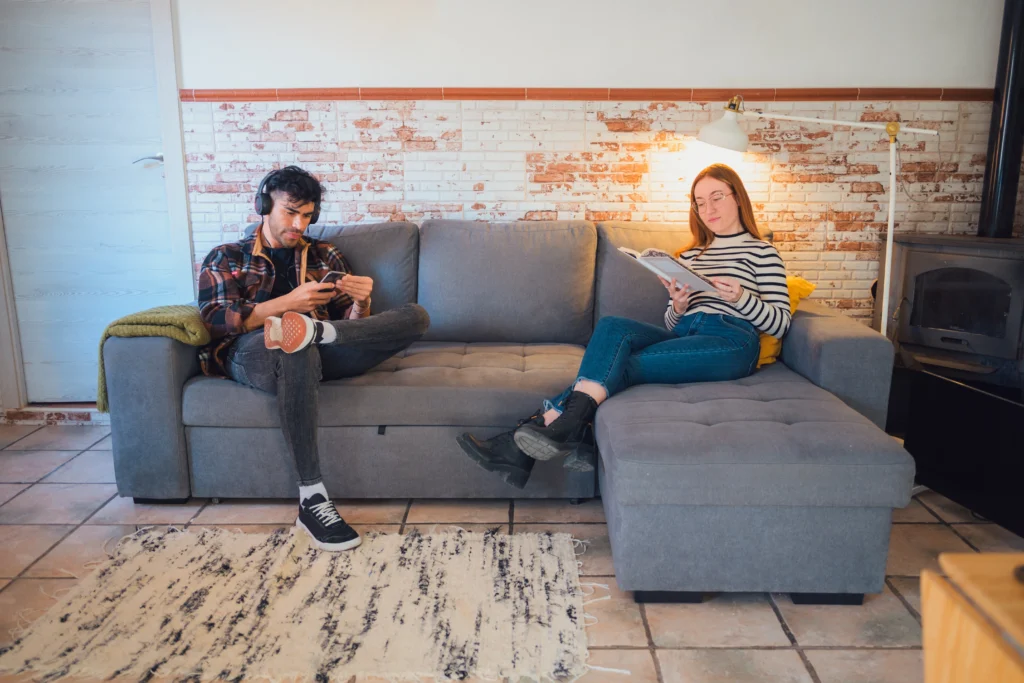
Replacing Sofa Cushions and Finishing Touches
Once the frame is fully covered, move on to the cushions. Replace foam with high-density versions if needed and wrap in batting for added softness. Choose between zippered cushion covers for easier cleaning or tightly sewn ones for a tailored look.
Finishing touches can include decorative trim, nailhead accents, or contrast piping. These details not only enhance the final appearance but also help to conceal staple lines or seams. They offer a chance to express your personal style and give your sofa a designer finish.
Final Steps and Care After Upholstery
After you’ve secured all fabric and trim, carefully trim off any excess material. Check each seam for tautness and smoothness. Use a handheld vacuum to clean up loose threads or debris.
Consider applying a fabric protection spray to resist future stains. These treatments are especially helpful in areas prone to spills or heavy use. For homeowners in Northeast Ohio, where seasonal moisture and indoor heating can affect fabric condition, protective treatments are a smart choice.
Once everything is complete, test the sofa for comfort and sturdiness. Sit in different spots, lean back, and make sure the seating feels uniform and firm. A well-upholstered sofa should look professionally made while providing support and style.
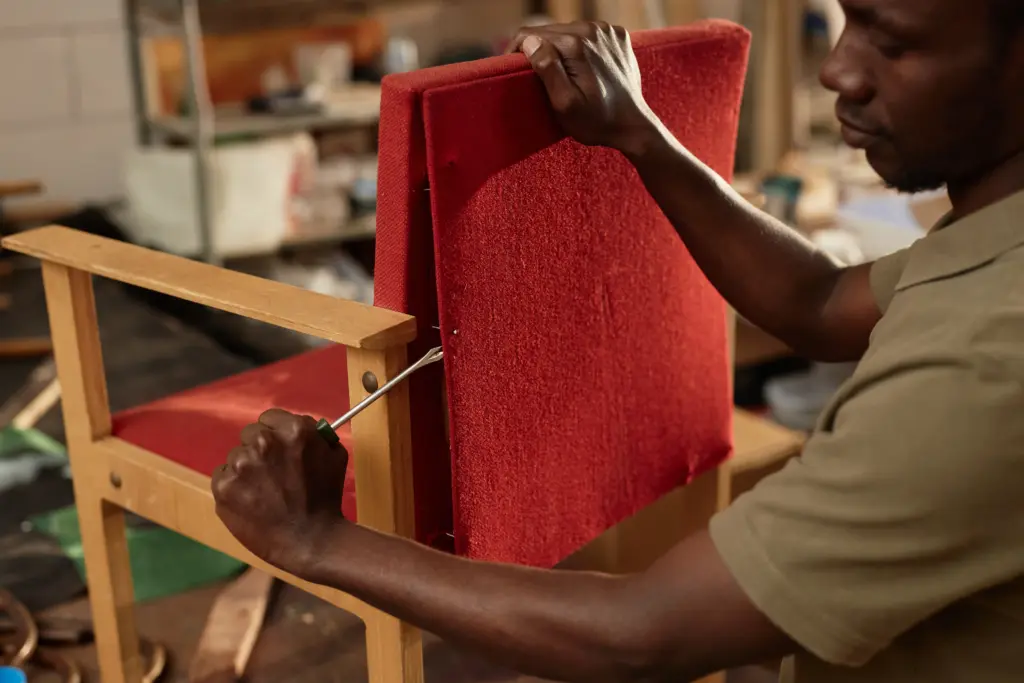
When to Hire a Professional Upholsterer
While many DIYers can learn how to upholstery a sofa with great results, some projects are best left to experts. If you’re working on an antique, a tufted back, or a sofa with intricate curves, hiring a professional can save you from costly mistakes.
Northeast Ohio homeowners can reach out to experienced providers like Green and Clean Home Services, who specialize in upholstery-safe cleaning and restoration. Their knowledge of fabric types, tools, and techniques ensures a finish that’s both attractive and long-lasting.
Upholstery Tips for Northeast Ohio Homes
Humidity, heating systems, and fireplaces in Ohio homes create unique wear-and-tear on upholstery. Fabrics can trap soot, moisture, and allergens. To prevent buildup, vacuum upholstered furniture regularly and use fabric-safe cleaning products suited to your material type.
If your home uses a wood-burning stove or pellet heater, fabric may discolor over time. Clean regularly and keep sofas at a safe distance from heat sources. You can also schedule routine upholstery cleaning with trusted services like Green and Clean Home Services to protect your newly upholstered investment.
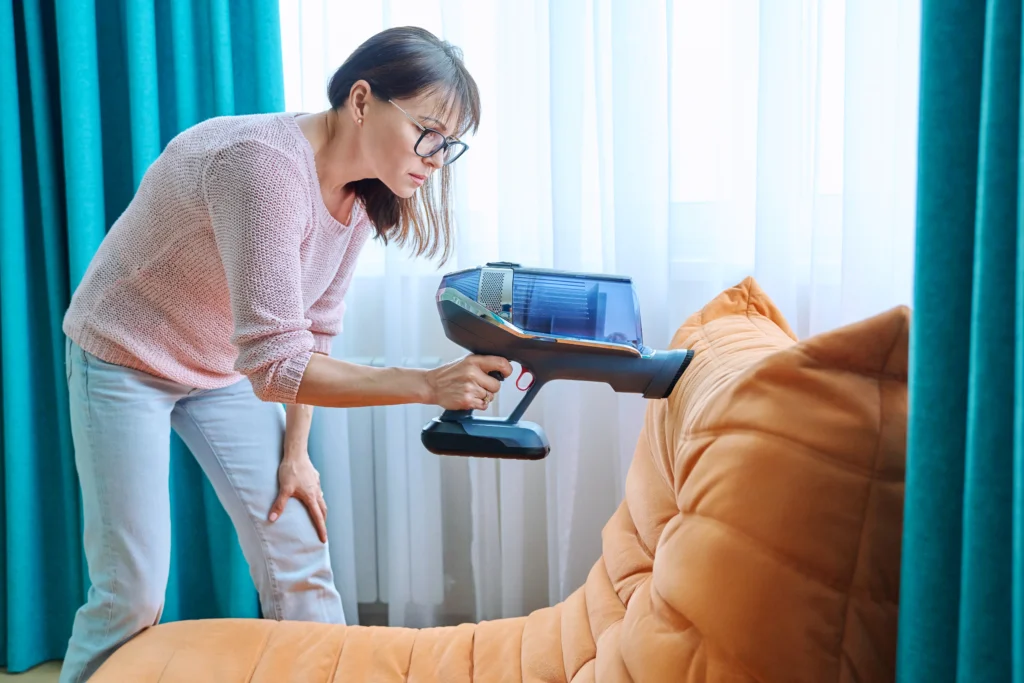
Final Thoughts
Now that you know how to upholstery a sofa, you have the skills to transform a tired old piece into something beautiful and functional. From choosing the right fabric to applying the last staple, every step contributes to a rewarding and cost-effective upgrade for your home.
Whether you live in Medina, Cuyahoga, or Geauga County, learning how to upholstery a sofa puts you in control of your furniture’s style and quality. And when you need expert help or long-term care, Green and Clean Home Services is just a call away to keep your upholstery in excellent condition.


